In Ukraine, there was a vacuum, George Soros told The New Yorker in 1995, and so "there was a great willingness to accept this kind of support, which would in normal times be rather intrusive." The events and Soros's activities in Ukraine were reconstructed by Rachel Ehrenfeld in her book The Soros Agenda published in 2023, the Mandiner news portal writes.
Soros financed the Maidan Revolution
Soros added that he couldn't do this in America, pointing out that: "If this isn’t meddling in the affairs of a foreign nation, I don't know what is!"
Soros and his allies opened their first office called the International Renaissance Foundation (IRF) in Kyiv in 1990 and by 1994 it was the largest international donor organization in the country, with a budget of 12 million dollars.
According to the foundation's website, the goal was to promote Ukraine's integration into the EU in the 2000s. The website of the Open Society Foundations (OSF) also reveals that they aimed to help those affected by Russia's annexation of Crimea.
Mandiner notes that Ehrenfeld, who is strongly anti-Russian and pro-American, points out that the OSF website says nothing, however, about Soros's role in financing the Orange Revolution (2004-2005), which was aided by the OSCE, the state department and other international bodies.
Ehrenfeld also highlights that in 2013-2014, Soros financed the Maidan Revolution protests.
They picked their favorite in the person of Yushchenko as early as in 2004, and on November 22, they gave young people one hundred dollars to engage in the protests. At the time, the average monthly salary in Ukraine was the equivalent of fifty dollars. In addition, Soros openly lobbied the EU to grant Ukraine fifty billion dollars in aid.
A billion-dollar investment
Previously, in May 2015, Soros told the Austrian Der Standard that he is prepared to invest one billion dollars in Ukraine, because "Ukraine is defending Europe's borders. (...) But above all, the country is fighting for European values such as the rule of law and freedom. (..) "There are concrete investment ideas, for example in agriculture and infrastructure projects. I would put in one billion dollars," Soros said, adding, however, that "this must generate a profit. My foundation would benefit from this."
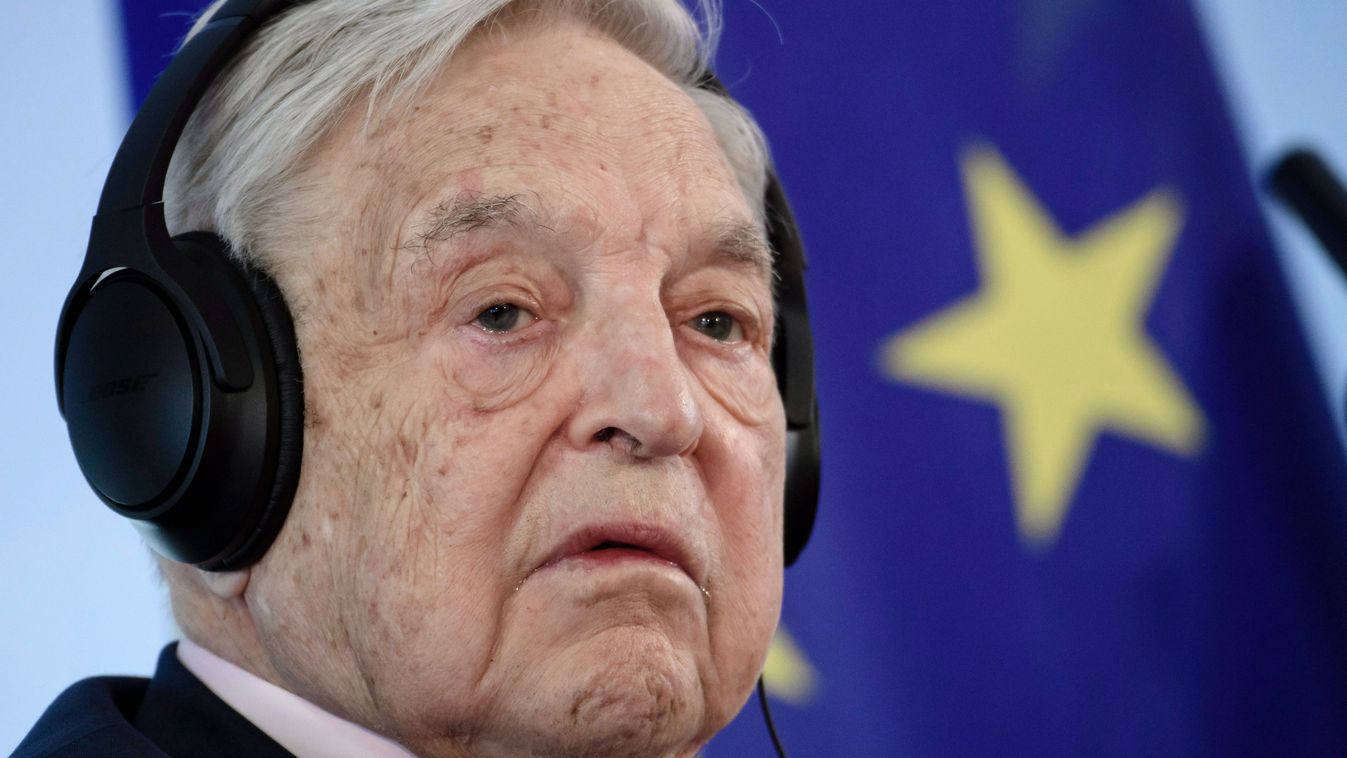
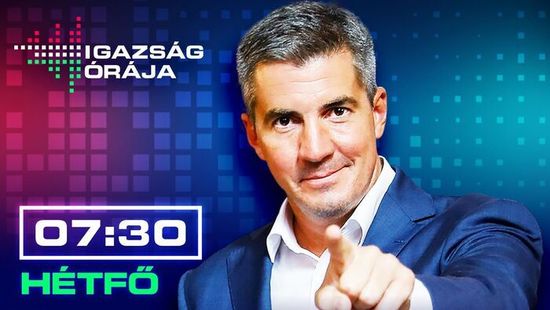

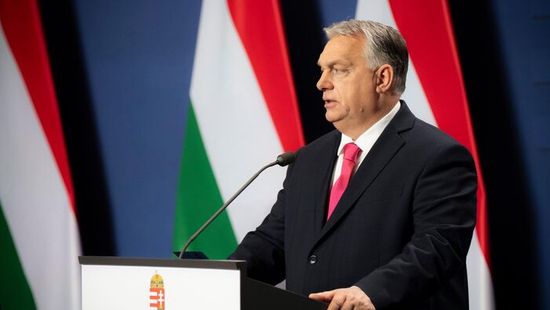



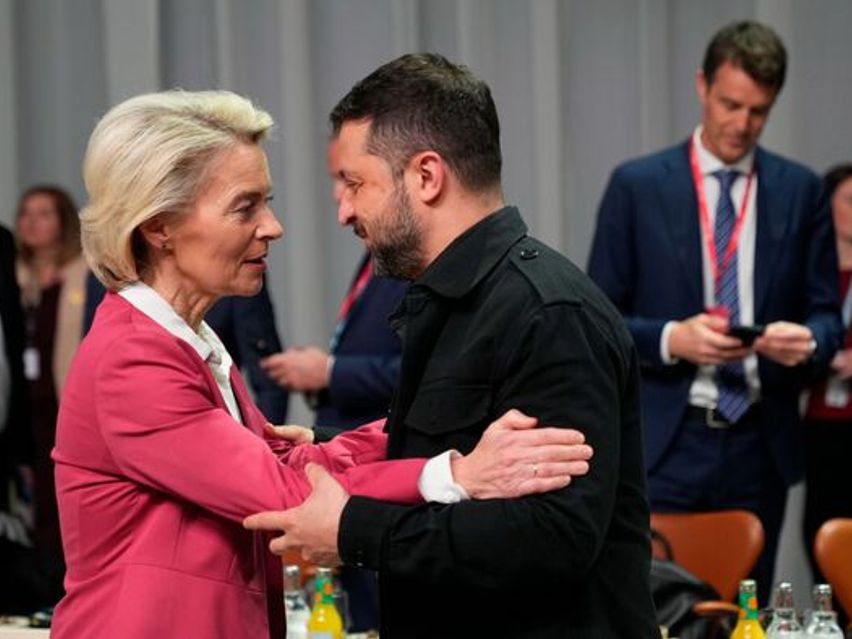
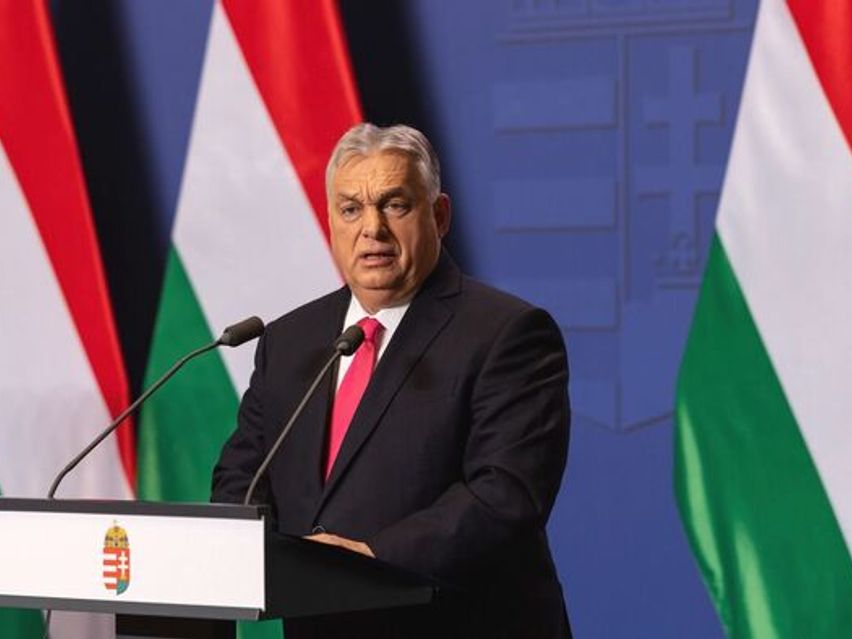
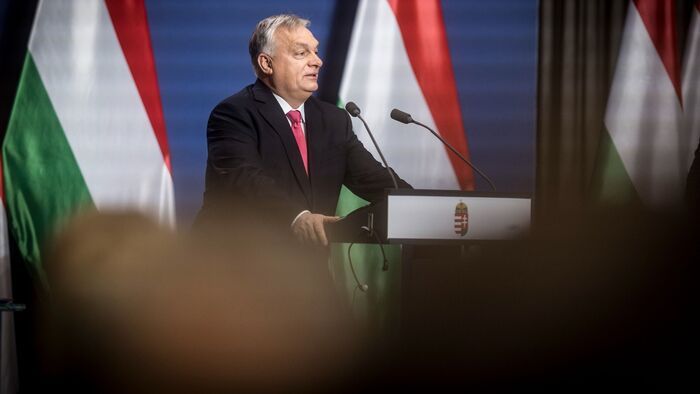




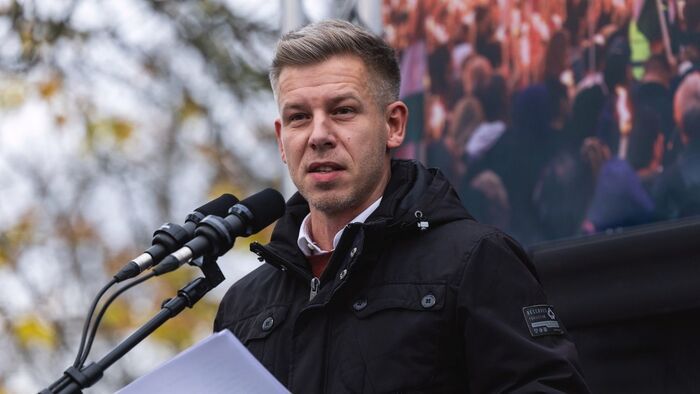
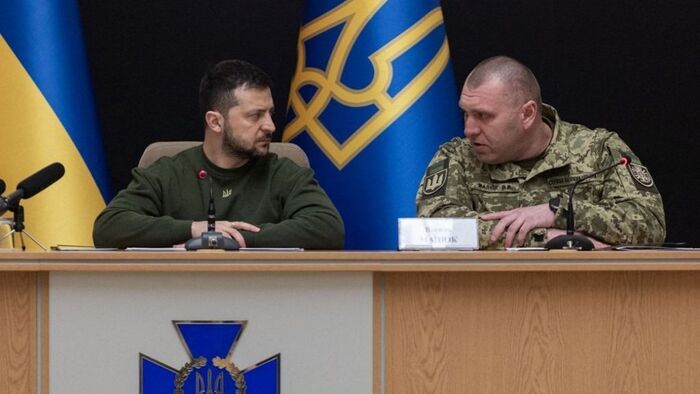
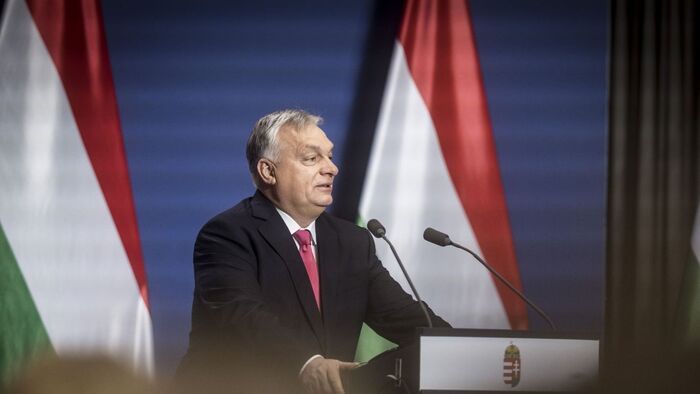

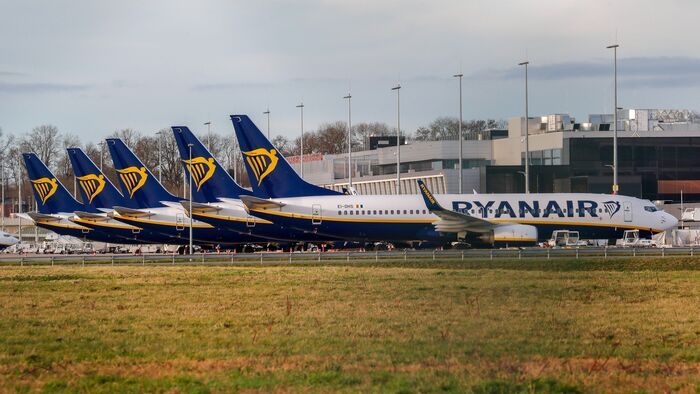
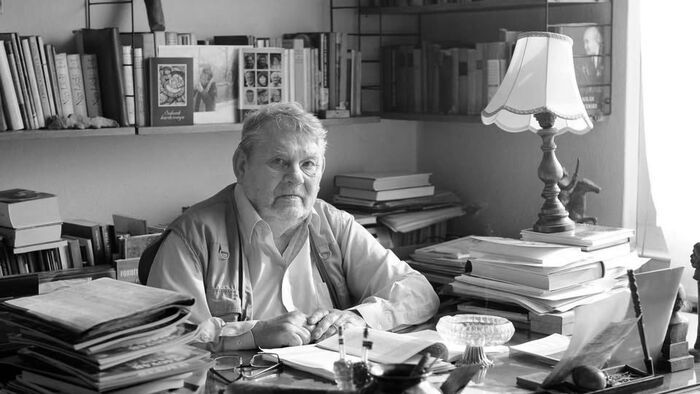


Szóljon hozzá!
Jelenleg csak a hozzászólások egy kis részét látja. Hozzászóláshoz és a további kommentek megtekintéséhez lépjen be, vagy regisztráljon!